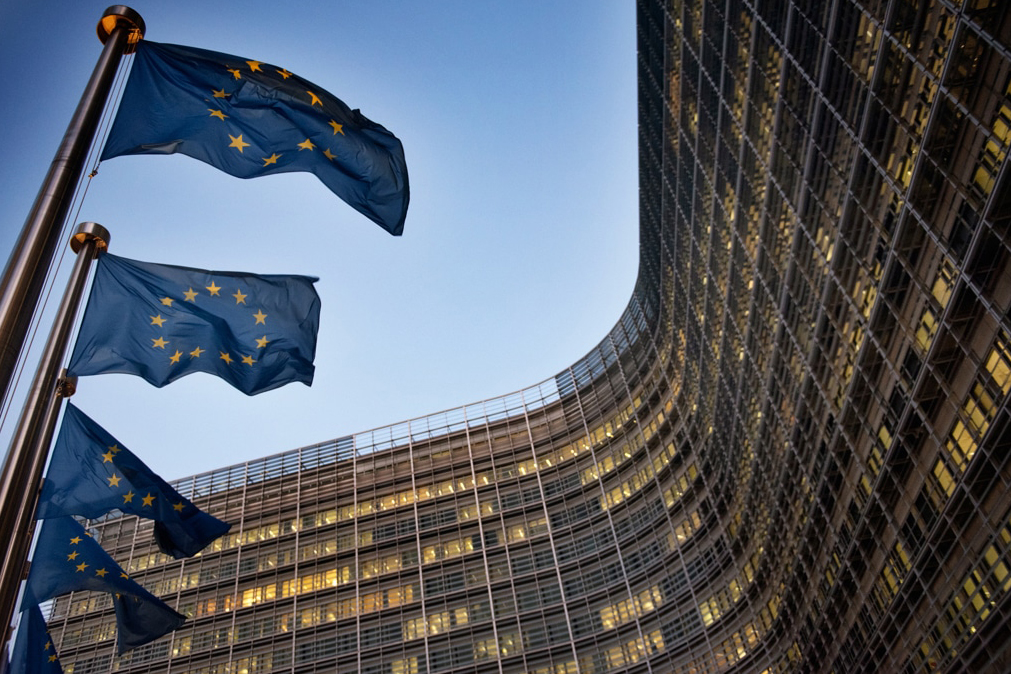The European Commission set out strategic guidelines for the implementation of the Facility for
Recovery and Resilience in its Annual Sustainable Growth Strategy (ASGS) 2021. The
It is the key recovery tool of NextGenerationEU, which will help the EU to exit more
Stronger and more resilient from the current crisis.
Publication of theASGS Launches this year’s European Semester cycle. In last year’s ASGS
year the Commission launched a new growth strategy based on the European Green Deal and the
concept of competitive sustainability. This year’s ASGS is in full continuity with the
previous. The four dimensions of environmental sustainability, productivity, fairness and
macroeconomic stability identified in last year’s ASGS remain the guiding principles underpinning the
Member States’ recovery and resilience plans and national reforms and investments. These
dimensions are at the heart of the European Semester and ensure that the new growth agenda
help lay the foundations for a green, digital and sustainable recovery.
To benefit from the Recovery and Resilience Facility, Member States should submit their
their draft recovery and resilience plans, outlining their national investment programmes and
reform on the basis of the above-mentioned EU strategic criteria. Recovery and Resilience Plans
Member States should address the economic policy challenges set out in the recommendations
country specifics of recent years and, in particular, of the 2019 and 2020 cycles. Plans should
also enable Member States to strengthen their potential for economic growth, the creation of
jobs and economic and social resilience, as well as responding to the green transitions; and
digital.
Today, the Commission is also presenting additional guidance to Member States.
standard template for the submission of their recovery and resilience plans.
Flagship projects
In view of their importance in all Member States, the substantial investment needed and
the ability to create jobs and growth and benefit from the green and digital transitions,
Commission strongly encourages Member States to include investments and reforms in their plans
The main objectives of the programme are:
- Use more clean energy (Power up) – Promptly use clean technologies that are fit for purpose
future needs and accelerate the development and use of renewable energy. - Renovate – Improving the energy efficiency of public and private buildings.
- Recharge and Refuel – Promoting clean technologies adapted to
future needs to accelerate the use of sustainable, accessible and smart transport systems,
recharging and refuelling stations and the extension of public transport. - Connect – Quickly extend fast broadband services to all regions and to
all households, including fibre and 5G networks. - Modernise – Digitise public administration and public services,
including justice and health systems. - Scale-up – Increasing European industrial data cloud capabilities and development
the most powerful, state-of-the-art and sustainable processors. - Reskill and upskill – Adapting education systems to
promoting digital skills and education and vocational training for all ages.
The implementation of the Facility will be coordinated by the Commission’s Recovery and Resilience Task Force.
resilience in close cooperation with the Directorate-General for Economic and Financial Affairs (DG
ECFIN). A Steering Committee chaired by President Ursula von der Leyen will provide a
political guidance to the Task Force to help ensure that the Facility is implemented in a
consistent and effective.




